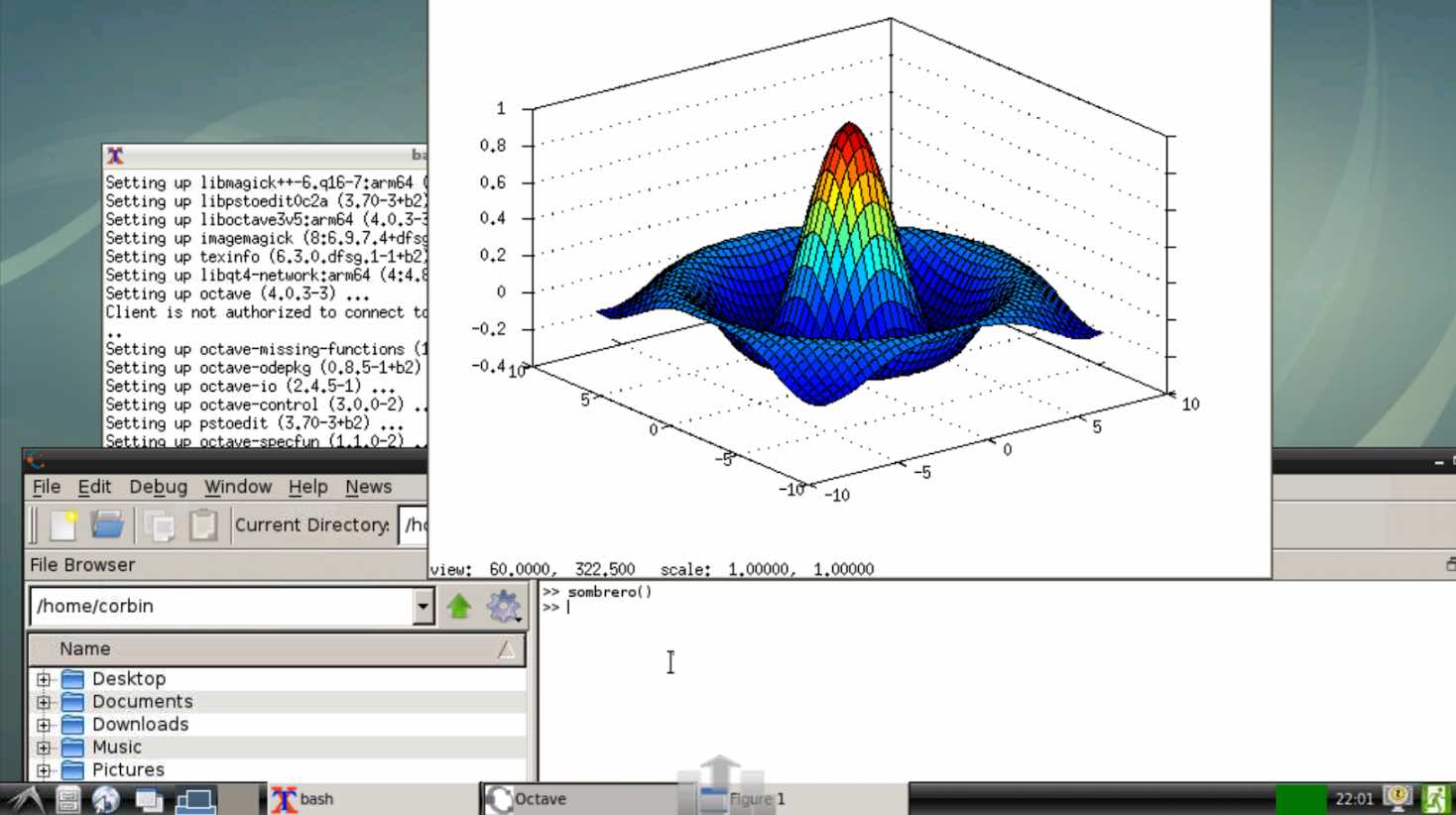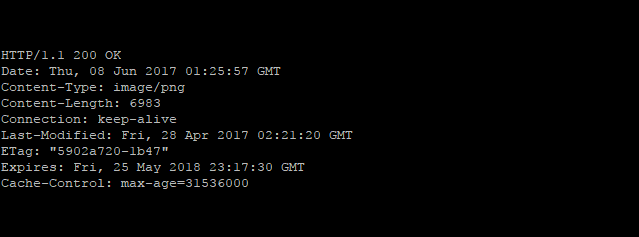Let’s delve into what a VPN is and who needs one before exploring if a VPN is really necessary for Linux users.
If you want a short answer telling you if a VPN, such as Surfshark, is a necessity for Linux users – the answer is maybe. This depends on the network you are connecting to, what you will be doing online, and how important privacy is to you. We are going to help you answer these questions for yourself to determine if a VPN is a necessity.
What is a VPN?
In the simplest terms, a VPN (Virtual Private Network) is a private connection to the internet. This privacy is established by routing your internet traffic through another computer with a secure connection. Anyone watching this traffic will simply know that your computer is communicating with one other computer on the network. This keeps them from intercepting information about the websites and services you are using online.
Your system connects to the VPN service which then connects to the other services you are using online. All your internet traffic is passed through the VPN service in order to protect your anonymity on the internet.
You can either buy a VPN service through a provider like Surfshark or you can self-host your own VPN on a cloud server.
Who needs a VPN?
Even if the connection is secure and the information being sent cannot be seen, the router you connect to can see what site you access, when, and for how long. If you are working with confidential information or trade secrets, that can be very valuable information. This metadata is worth protecting and only sharing with a trusted service.
Even if you are not doing anything that needs to be kept secret, most people prefer to have their online activity remain private. For this reason alone, it is a good idea to use a VPN.
Digital Nomads & Road Warriors
The life of a digital nomad, or a road warrior, involves accessing the internet to get work done from different networks every day. Sometimes you may be on multiple different networks in a single day. These are operated by unknown parties which may, or may not, be trustworthy. This is why many digital nomads and road warriors travel with a VPN.
Work From Home Professionals
Just because you work from home, does not mean you always work at home. With the popularity of coworking spaces around the world, and the people we all see working in coffee shops, working from home often does not mean you are working at home. Obviously, you may want a little privacy when you are using the public WiFi at your local coffee shop.
Public WiFi
Not all public internet hotspots are found in coffee shops. There are many businesses which provide free internet access today and some cities. Each of these offers an opportunity to hop online and get some work done. However, without a VPN, it is possible for these services to see where you are going online – and you may not want them to have that information.
Residential ISP
Do you want your internet service provider to know what you do online all day?
Many jobs that can be done online require access to trade secrets and confidential information. Rather than letting your home internet service provider know what you do online, you can route that traffic through a VPN. This way they can only see that you are communicating with your VPN service, but don’t see what you are accessing on the other end.
Isn’t Linux more secure than Windows?
The security we are talking about with a VPN has little to do with the operating system in use. Windows and Linux both send and receive packets of data on the internet in the same way. Part of this communication involves telling other systems where the packet needs to go.
Those devices at the endpoint for this communication, the router, in this case, can collect a lot of data about where you go online, when, and for how long. It does not matter if your device is using Windows, Linux, or Mac OS to navigate the web, the packets are the same.
Do Linux users really need a VPN?
As you can see, it all depends on the network you are connecting to, what you will be doing online, and how important privacy is to you.
If you are connecting to a trusted network then you can probably operate without a VPN. However, if you don’t trust the network or don’t have enough information to know if you can trust the network, then you will want to use a VPN. As an example, do you know who has access to the information collected by the open WiFi service at your local coffee shop? Would you want them to know where you go online, when, and how long you use that service? If not, then a VPN can help secure that information while you’re using their network.
The question of what you will be doing online is just as important as the trust you place in the network. For example, there are business and personal finance tasks which you would not want to be intercepted. However, most people would not be too concerned about someone having information that shows they checked the weather forecast. What you are doing on the network can determine if a VPN is a necessity for Linux users.
Today, there are some people who have given up on the entire concept of privacy. For them, no VPN may be the way to go. However, the rest of us who value privacy should consider using a VPN just to reduce the amount of information about online activities that are being shared. Using a VPN does not allow your internet provider to see what you are doing online and that privacy can be worth the cost of a VPN for everything.
About the Author
This article was submitted to us by a third-party writer. The views and opinions expressed in this article are those of the author and do not reflect the views and opinions of ThisHosting.Rocks. If you want to write for ThisHosting.Rocks, go here.
Surfshark is a quality VPN provider that lets you control your online safety and freedom. Quick and easy to use VPN for the best online experience. Unrestricted content. Ultra-fast speed. Friendly support.
Source





